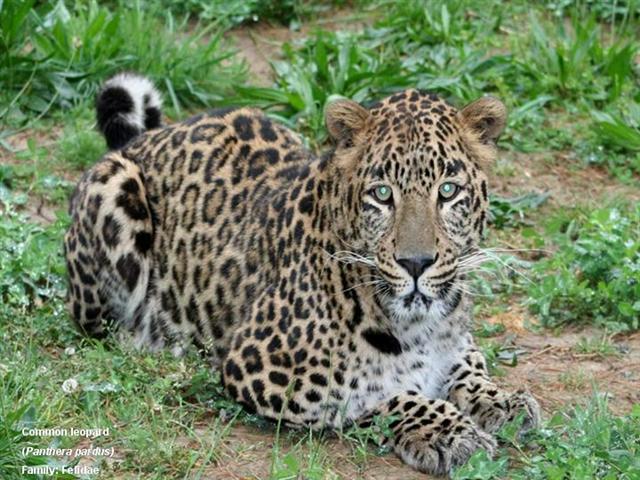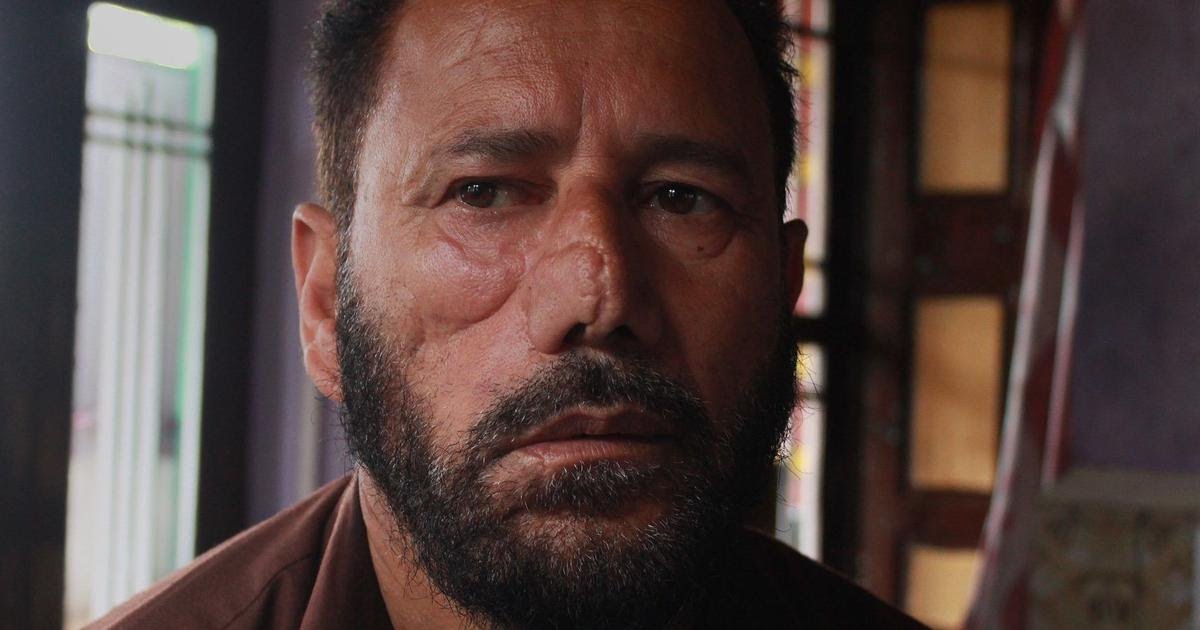Alarming surge in leopard attacks in Kashmir valley

The valley has witnessed a troubling surge in leopard attacks (Photo: Department of Wildlife Protection)
Within the landscapes of Kashmir valley lies a growing menace that threatens both human lives and wildlife. In recent times, the valley has witnessed a troubling surge in leopard attacks, casting a dark shadow over local communities. From tragic deaths of children to harrowing encounters with bears, the human-animal conflict has reached alarming proportions, leaving families shattered and wildlife populations dwindling. As the number of casualties rises and the spectre of fear looms large.
On March 11, Rabiya Nissar, a nine-year-old girl from central Kashmir’s Budgam district, was fatally attacked by a leopard.
Nissar was the latest victim of the human-animal Kashmir, but such cases have been happening in Kashmir for long. According to government data, from 2006 till the end of 2022, 234 people lost their lives and 2,918 were injured in human-animal conflicts. The numbers escalated during the Covid-19 pandemic.
On July 6, 2023, Mehraz Azad, another nine-year-old child, was playing in his uncle’s courtyard when a leopard pounced on him and dragged him away by his neck in the Rajwar village of Kupwara district. Thirty minutes later, the boy was found with a mauled face and body. He died in hospital later.
Ehsan Ahmad Shah, a five-year-old boy, from the Wagoora area of North Kashmir’s Baramulla district, went out to play on August 8, 2023 and when he didn’t return by evening, his family grew concerned. He was found by villagers near a well, but he was badly injured with deep cuts to his face and body. He died in hospital later.
“We belong to a poor family, living hand-to-mouth. That night felt interminable as our son became another casualty of Kashmir’s worsening human-wildlife conflict,” Farooq Ahmad, father of Shah tells Media India Group.
Barely a week before Ehsan’s death, four-year-old Saqib Badana, from Kupwara district, was also fatally attacked by the leopard.
“Our son was playing outside our home in the Monabal Haril of Kupwara when the Leopard attacked him, critically injuring him. He never recovered from the attack and lost his life. The pain of losing him remains unbearable, a constant ache in our hearts. We can only hope that measures will be taken to prevent such tragedies from befalling other families in our community,” Shameema Begum, mother of Badana tells Media India Group.
Amidst the distressing surge in leopard attacks, it is not just the children who face the brunt of this conflict. Elderly individuals have tragically been injured and even killed, adding to the toll of casualties.

Asadullah Khan suffered a bear attack that resulted in partial paralysis of his face (Photo: Waseem Dar )
In 2012, Asadullah Khan, 46, a resident of Marhama village, Anantnag suffered a bear attack that resulted in partial paralysis of his face and left him with a stutter, “I spent four months in the hospital, enduring two major maxillofacial surgeries to mend the damage to my face. The structure of my nose was severely affected. I feared I would never recognise myself again,” Khan tells Media India Group.
“After 12 years, it is not the scars that trouble me most, but the emotional toll I bear each day. I have lost confidence, and fear accompanies me every time I step out. The trauma lingers, casting a shadow over my every move. It is a constant battle against anxiety and insecurity, a burden I carry with me, shaping my interactions and outlook on life,” he adds.
Mohammad Yousuf Kohli, 70, cannot walk without crutches as one of his feet was damaged completely following a bear attack near a grazing area in Check-Dard-Khor, a village in Srinagar.
“I was sitting, watching my sheep graze, when suddenly, a giant bear came from the bushes and attacked me, I was unconscious for three days in the hospital, sustaining injuries to my head, neck, arms, and foot,” Kholi tells Media India Group.
“We have nothing left at our home. The incident made our financial condition from bad to worse,” he said, adding that he did not receive compensation from the government. “I used to support my family but now I have become their liability,” he adds.
Rashid Naqash, Kashmir zone wildlife officer, says that the wildlife department is doing everything that can be done to prevent man-animal conflict. He says wildlife officials regularly conduct awareness programmes in attack-prone areas.
“We must refrain from disturbing wildlife in their habitats. The growing human presence in these areas is pushing wild animals towards residential zones. The construction of roads and buildings near their habitats disrupts their natural environment. Development is vital, but not at the expense of wildlife. When wild animals are disrupted in their habitats, conflict arises. We must strive to prevent this conflict by taking necessary steps at all levels,” Naqash tells Media India Group.
These conflicts do not only affect humans, wild animals also suffer. In June 2023, a wild bear died from electric shock after climbing a utility pole in Srinagar. In 2020, a mob of people in Kulgam district killed a leopard that had attacked children.
According to official data by the Department of Wildlife Protection Jammu and Kashmir regarding the deaths of wild animals, from 2011 to 2020, 44 leopards died naturally or in retaliation while four others were killed after official permission. Deaths of nine leopard cubs and four leopard cats were also recorded during the period. The same data puts the number of black bears, bear cubs, and brown bears killed at 141, 12, and seven, respectively.












